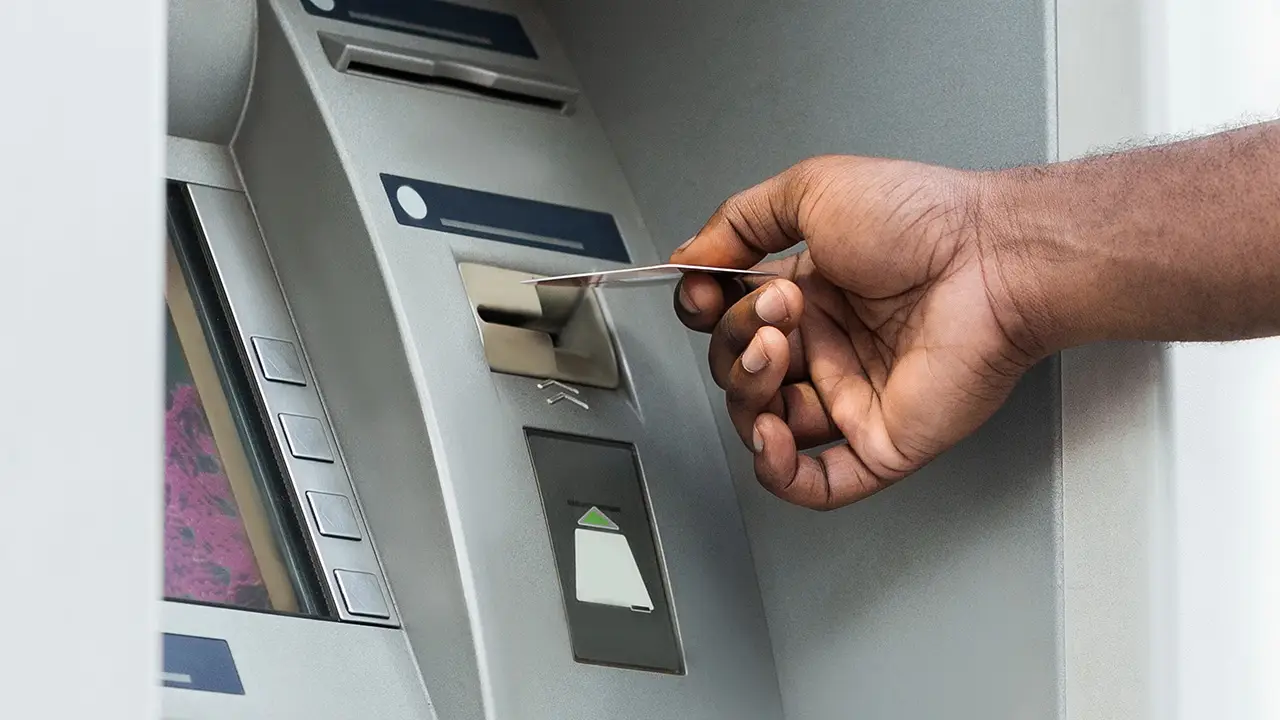Automated Teller Machines (ATMs) have revolutionized the banking industry, providing unparalleled convenience and accessibility for consumers. Over the years, ATMs have evolved from simple cash dispensers to multifunctional banking hubs known as One Stop ATMs. This article will delve into the history, benefits, challenges, and future trends of One Stop ATMs, highlighting their significant role in modern banking solutions.
History and Evolution of ATMs
The journey of ATMs began in the late 1960s, with the first machine introduced by Barclays Bank in London. These early ATMs were limited to dispensing cash, offering a novel way for customers to access their funds outside of regular banking hours. As technology advanced, so did the capabilities of ATMs.
Key Milestones in ATM Technology
- 1970s: Introduction of networked ATMs, allowing for interbank transactions.
- 1980s: Development of ATMs with deposit capabilities and the addition of more complex transaction options.
- 1990s: The advent of touchscreen interfaces, enhancing user interaction and ease of use.
- 2000s: Integration of ATMs with banking networks, enabling real-time updates and transactions.
- 2010s: Emergence of One Stop ATMs, capable of handling a wide range of banking tasks beyond cash dispensing.
The evolution of ATMs reflects the growing demand for efficient, accessible, and comprehensive banking services. Today, ATMs are integral to the global banking infrastructure, serving millions of customers daily and offering a variety of services.
Notable Innovations in ATM Technology
- Multifunctional Capabilities: Modern ATMs offer services such as bill payments, fund transfers, and even loan applications.
- Enhanced Security: Introduction of biometric authentication and advanced fraud detection systems.
- User-Friendly Interfaces: Touchscreens, voice guidance, and multilingual support to accommodate a diverse user base.
Case Study: The Impact of ATMs on Global Banking
In a study conducted by the Global Banking and Finance Review, it was found that the widespread adoption of ATMs led to a significant reduction in operational costs for banks. Additionally, customer satisfaction increased due to the convenience and accessibility offered by ATMs, resulting in higher retention rates and improved customer loyalty.
What are One Stop ATMs?
One Stop ATMs represent a significant advancement in ATM technology, offering a comprehensive suite of banking services that extend far beyond traditional cash withdrawal and deposit functions. These advanced machines are designed to provide a full range of banking services, effectively serving as mini-branches that operate 24/7.
Definition and Features of One Stop ATMs
One Stop ATMs are multifunctional machines that allow customers to conduct a variety of banking transactions at a single location. Some of the key features include:
- Cash Deposits and Withdrawals: The primary function remains, but with added capabilities for depositing cash directly into accounts.
- Bill Payments: Customers can pay utility bills, credit card bills, and other invoices.
- Fund Transfers: Transfer money between accounts, both within the same bank and to other banks.
- Loan Applications: Some advanced ATMs even allow users to apply for personal loans or credit lines.
- Check Deposits: Deposit checks without visiting a branch, with instant digital confirmation.
- Mobile Top-Up Services: Recharge mobile phone credit and pay for other digital services.
Differences Between Traditional ATMs and One Stop ATMs
Traditional ATMs are limited to basic functions like cash withdrawal and simple account inquiries. In contrast, One Stop ATMs offer a multitude of services, effectively reducing the need for customers to visit bank branches for many routine transactions. This evolution is driven by the need for greater convenience and the ability to provide banking services round the clock.
Benefits of One Stop ATMs for Consumers
One Stop ATMs bring a host of benefits to consumers, making banking more convenient, accessible, and secure. These advanced machines cater to a wide range of financial needs, providing a seamless banking experience.
Convenience and Accessibility
One of the primary advantages of One Stop ATMs is their convenience. These machines are often available 24/7, allowing customers to perform transactions at any time, without being restricted by bank operating hours. This is particularly beneficial for people with busy schedules or those who work unconventional hours.
Improved User Experience
One Stop ATMs are designed with the user experience in mind. Features such as touchscreens, multilingual support, and voice guidance make these machines user-friendly and accessible to a wider audience. This ensures that even customers with limited technological proficiency can navigate and use the ATMs with ease.
Improved Operational Efficiency
One Stop ATMs streamline banking operations by handling a significant portion of routine transactions, allowing bank staff to focus on more complex tasks and customer service. This improves overall operational efficiency and productivity within the bank.
Increased Reach and Financial Inclusion
Deploying One Stop ATMs in remote or underserved areas helps banks reach a broader customer base, promoting financial inclusion. By providing essential banking services in areas without physical branches, banks can attract new customers and foster economic growth in these communities.
Case Study: Financial Inclusion in Rural Areas
Bank of America implemented One Stop ATMs in rural areas across the United States. This initiative not only provided banking access to underserved populations but also increased the bank’s customer base and market share in these regions.
Conclusion
The role of ATMs in modern banking solutions has evolved significantly, with One Stop ATMs representing the pinnacle of this technological advancement. These multifunctional machines provide unparalleled convenience and accessibility for consumers, offering a wide range of services that go beyond traditional cash withdrawal and deposit functions. From paying bills and transferring funds to applying for loans and recharging mobile credit, One Stop ATMs have transformed the banking experience for millions of people worldwide.
For banks, the benefits of One Stop ATMs are equally compelling. They enhance customer service, improve operational efficiency, and contribute to cost savings by reducing the need for physical branches and lowering transaction costs. Moreover, these advanced ATMs promote financial inclusion by extending banking services to underserved and remote areas, helping banks expand their customer base and support economic growth.
The future of ATM technology looks promising, with ongoing innovations aimed at further enhancing security, user experience, and service offerings. As banks continue to invest in and deploy these advanced machines, the synergy between consumer convenience and banking efficiency will undoubtedly strengthen, cementing the pivotal role of One Stop ATMs in the modern banking landscape.
In conclusion, One Stop ATMs are not just a convenience; they are a critical component of the banking ecosystem, driving both consumer satisfaction and bank profitability. By embracing this technology, banks can stay competitive, meet the evolving needs of their customers, and pave the way for a more inclusive and efficient banking system.
Read More From Techbullion And Businesnewswire.com



































